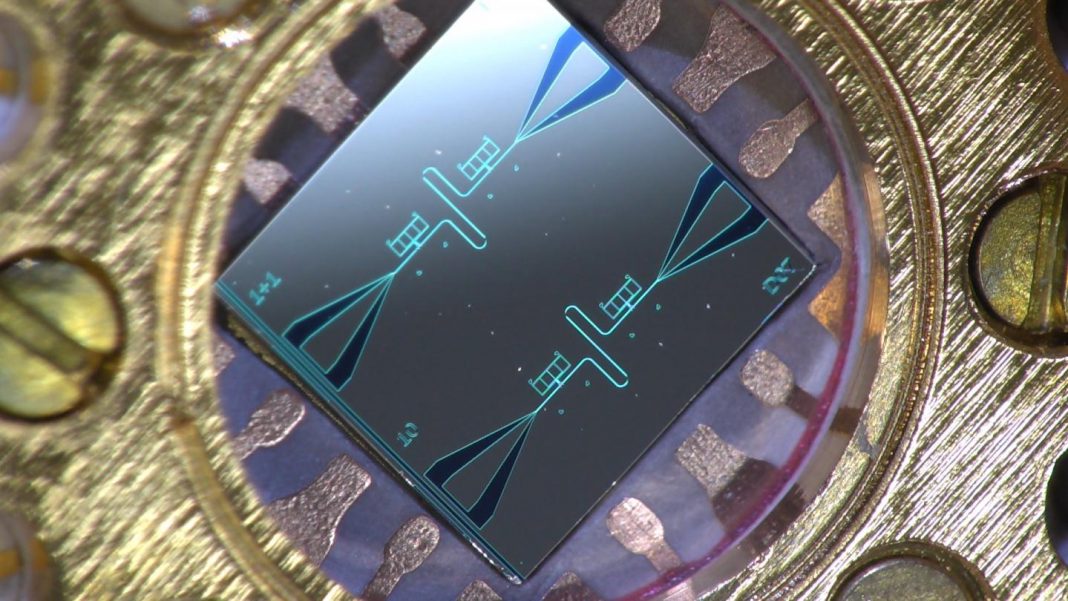As useful as graphene has proved to be over the past few years, it may be about to be overtaken by a new 2D quantum material in the race to be the wonder material of the future. The new material can conduct electricity close to the speed of light and could completely replace silicon in the few years when it comes to the next generation of hyper-speed computers.
“Finally, we can take exotic, high-end theories in physics and make something useful,” says researcher Jing Xia, from the University of California. “We’re exploring the possibility of making topological quantum computers [which are currently theoretical] for the next 100 years.” These new quantum materials have the potential to revolutionize the quantum computing industry over the next few years.

The materials that scientists were most interested in were those that displayed both electronic and magnetic properties. These are both requirements when talking about computer memory and storage systems. Up until now, graphene has been a very popular choice of material to be used, but the problem is that it’s not magnetic.
So instead, scientist looked further a field and found a two-dimensional cousin called chromium germanium telluride (CGT) that would be perfect for the job. The team measured CGT’s magnetic properties at a temperature of -233 degrees Celsius and found that magnetism could, in fact, survive in materials that had been shrunk down to just two dimensions. Researcher Xiang Zhang from the University of California said, “This is an exciting discovery. This experiment presents smoking-gun evidence for an atomically thin – and atomically flat – magnet, which surprised many people.”
A second new quantum material to enter the limelight just recently is a mixture of bismuth and nickel. When these two were combined at extremely low temperatures researchers discovered “an exotic superconductor that breaks time-reversal symmetry.” This is the first time ever that it’s been observed in 2D materials and notions exciting times to come. “This work is a big step toward developing future quantum computers at nearly room temperature,” says Xia.
Related links;
- UCI’s new 2-D materials conduct electricity near the speed of light / UCI
- Surface-dominated conduction up to 240 K in the Kondo insulator SmB6 under strain
- Discovery of intrinsic ferromagnetism in two-dimensional van der Waals crystals
- Time-reversal symmetry-breaking superconductivity in epitaxial bismuth/nickel bilayers
More News to Read











